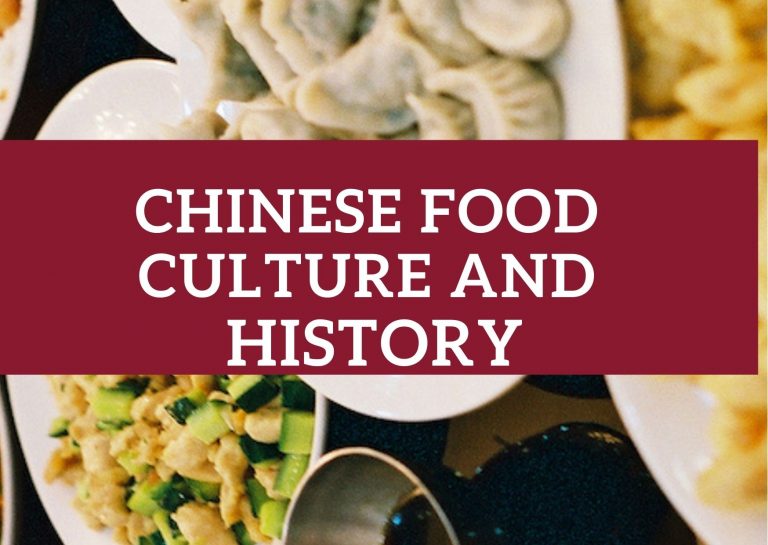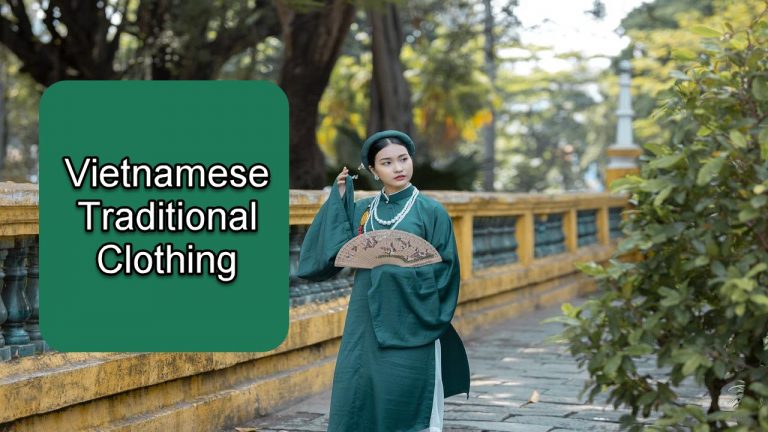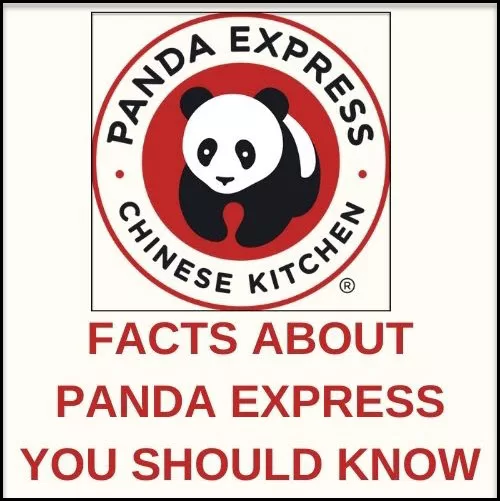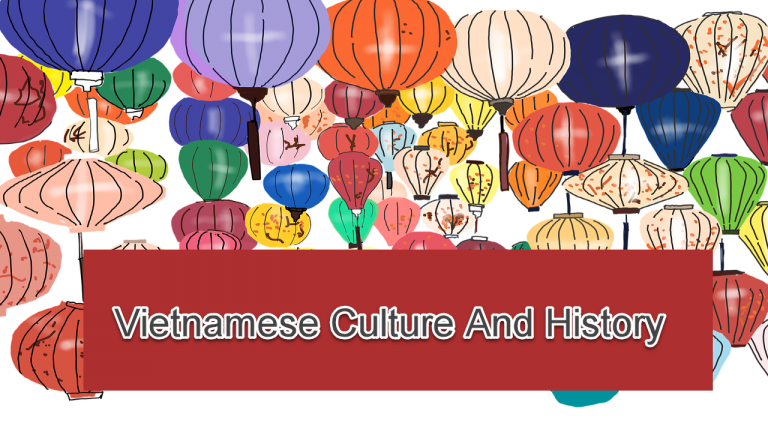Vietnamese Food Culture and History
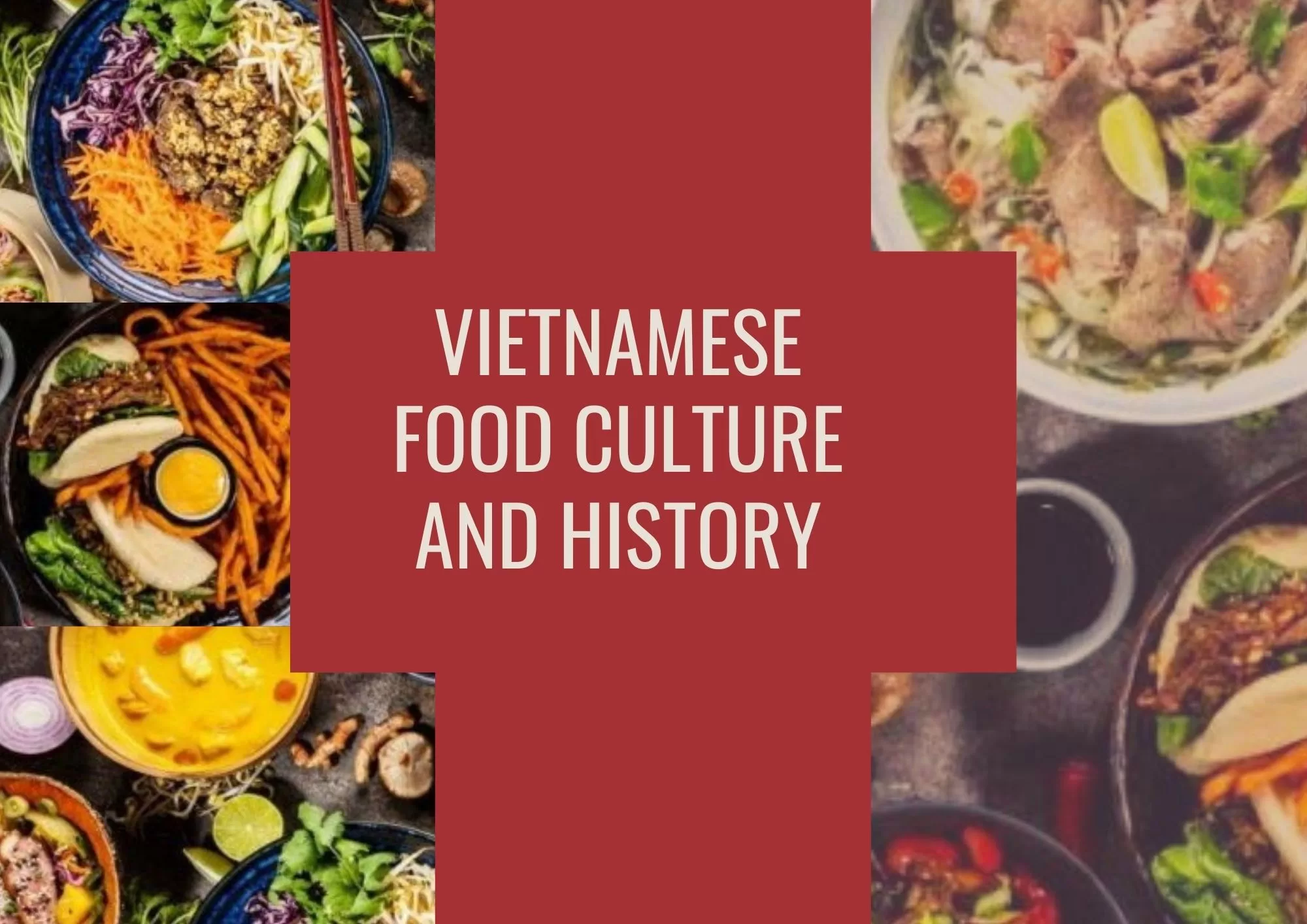
Vietnamese food has carved its way towards popularity around the world. If you have been to Vietnam, you’ll find different Vietnamese foods to satisfy your cravings. If you haven’t been to, then you might need to find out their food culture and history to better understand how Vietnamese food has emerged.
Pho might be the most famous Vietnamese dish, but there are several options that would also stand out. When it comes to lunchtime in the capital, bun cha is the top choice for a Vietnamese meal. Small patties of seasoned pork and slices of marinated pork belly are grilled over a charcoal fire after 11 a.m. on street-side restaurants.
Vietnam cruising would offer multiple dishes with contrasting flavors, varied textures and exotic ingredients. Vietnamese food would rely heavily on rice, wheat and legumes, abundance of fresh herbs and vegetables and minimal use of oil. This proves that the Vietnamese cooks lite and healthy vegetarian food. They also consider meat as a condiment rather than a main course.
Understanding Vietnam’s Food History
The time of peasants and emperors, colonization and revolutions brings a complex and fascinating history of Vietnam. These events lead to the discovery of Vietnam’s most essential dishes such as phở , bánh xèo and cà phê sữa đá.
As a country of 70,000,000 people, Vietnamese cuisine differs between northern Vietnam, southern Vietnam and central regions. Though Vietnamese people cooking techniques may be different, there are few key notes of similarities that you can find on Vietnamese food.
One of their similarities would be the use of rice in this country’s diet. Vietnamese people also rely heavily on noodles, this is why Vietnamese could eat it during breakfast, lunch and dinner, and in different places like homes, restaurants and at roadside stands.
Noodles in Vietnam are eaten wet or dry. It could be a soup dish or as a side dish for a soup. Vietnamese noodles can be made from wheat, rice and mung beans. Vietnamese food also uses a lot of herbs, fresh vegetables and pickled vegetables. Vietnamese cooking is indeed a feast to dig in as the platter contains different food such as cucumbers, bean threads, slices of hot pepper, and sprigs of basil, coriander, and mint. A number of related herbs found principally in southeast Asian markets.
Now that we talked about Noodles, let us know how it all started. Around 12,000 BC, the history of Vietnam was known when the indigenous people of Vietnam settled in the Hong River Valley. They use hunting and harvesting plants to live.
The fertile lands of Vietnam allowed them to cultivate rice, as well as the herbs, and plants. Fish and meat are also readily available, thus, making them the early base of the Vietnamese diet. Rice may have been their primary source of diet, but with the innovation of cooking utensils and Vietnamese culinary tradition foreign influences, Vietnamese cuisine has greatly evolved.
During the 2nd century BC, Vietnam was called Nam Viet and was considered to be a Chinese province. For 1,000 years the Vietnamese people have lived under the reign of various Chinese dynasties. During this course of time, they have created their by-product called noodles.
It is not new to us that Chinese cooking created noodles and this is the reason why Vietnamese cuisine began using them during that era. Chinese invented the noodles sometime around the time of the East Han Dynasty. It is originally processed from millet or other grains native to China.
Later on, new recipes in creating noodles include new forms made with wheat, rice and eggs. It is then brought to Vietnam and Vietnamese noodles have been produced after.

A French Infusion
Vietnamese cuisine is a fusion of French and Chinese food. After the invasion of China, the French colony had arrived on scene and Vietnam became an important part of French Indochina.
One of the most famous Vietnamese dish in the world, phở, is a great example of a French infusion. The word phở can be derived by different French word that could mean pot in the fire. The traditional pot-au-feu is made by boiling beef bones and vegetables in water, then creating a soup by adding some meat. Pot-au-feu French word literally translates as pot in the fire.
Before becoming famous, Phở had a humble beginning as a peasant food. The village of Van Cu in the Nam Dinh province started the trend of selling soup on the roads outside of Hanoi. The Nomadic vendors would offer it to anyone interested in a good meal. During the 1900s, they can be seen carrying with flexible sticks balanced across their shoulders and two huge barrels of soup attached to either side.
The soup offered by the vendors are loved and welcomed by the Chinese migrant workers as it reminded them of food from home. And due to its rich and meaty broth, French missionaries and colonial settlers also loved it.
The Vietnamese also loved the soup due to the different ingredients found in it that are very versatile, like some fresh herbs that can be found in Southeast Asia. The process of boiling the soup for a long period of time helps in eliminating the bacteria. Nowadays, there are different variations of the French-inspired soup and Phở is the most famous of them all.
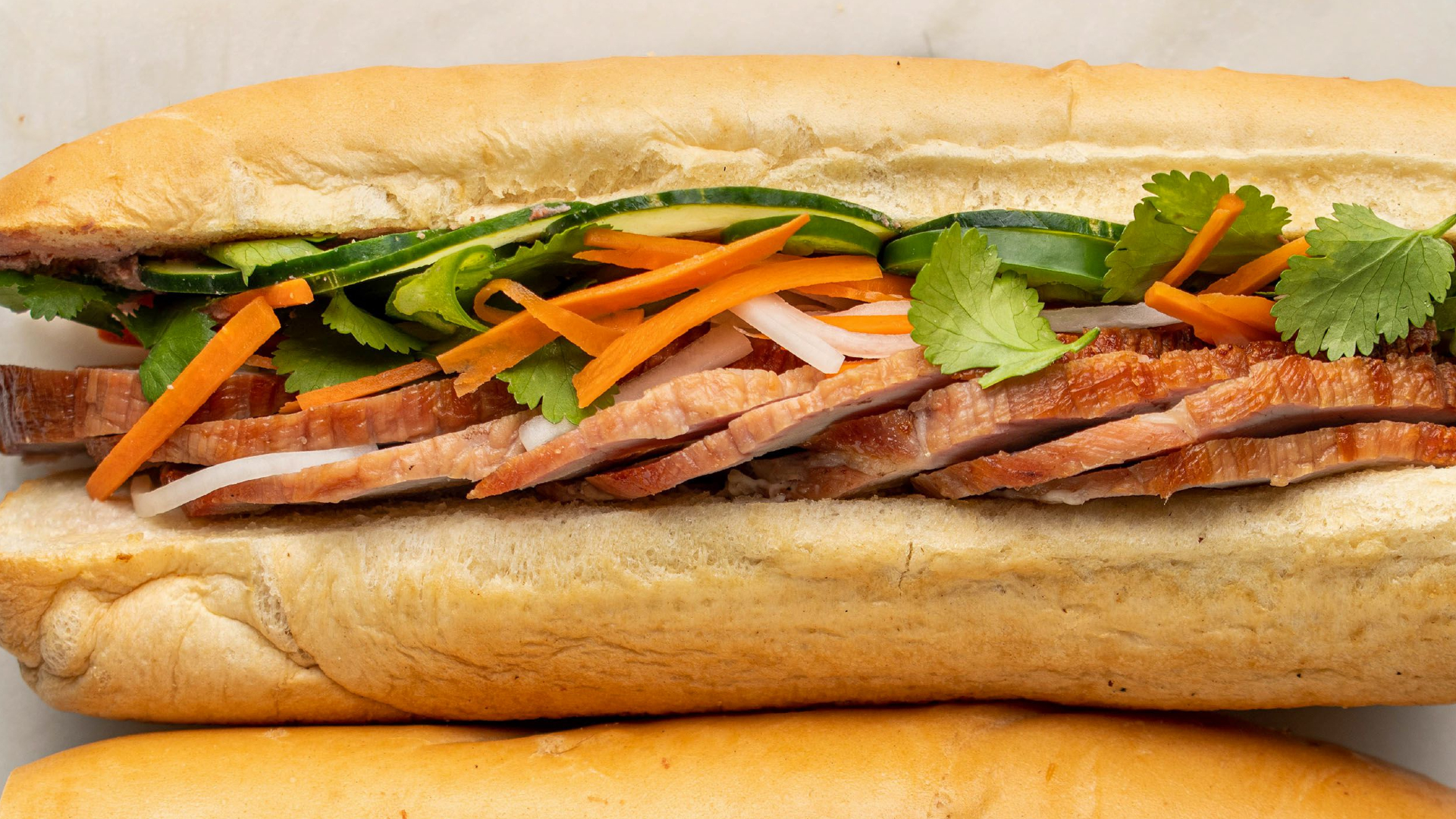
Different Regions Different Cuisines
From north, south and central regions, Vietnamese cuisine offers different variations. Vietnam is composed of two great river deltas separated by a belt of mountains and this reflects the country’s geography and history.
If you think that Phở is the only Vietnamese food that has French mixture, there are other Vietnamese dishes are also flavorful mix of cultures. Some Vietnamese chefs created their French baguette (French bread) and made some alterations. They filled it with their signature marinated meats, seafood, paté or eggs, added herbs, pickled vegetables and chili. This is what the Vietnamese food called bánh mì is made of.
Banh xeo is Vietnamese take on the French crepe. It is a thin pancake filled with bean sprouts, shrimp, and pork. But what makes it different from the French crepe is that Bánh xèo batter is made of rice flour, water and turmeric instead of wheat flour, eggs and milk. The reason why it is very different from the dairy-filled French version is due to the availability of the ingredients.
European colonialists brought chocolate and coffee and Vietnamese loved them so much that they made some of their versions called sô cô la and cà phê. The only difference is that Vietnamese favour chocolate is so dark and intense that it is almost black. Their coffee called cà phê is also strongly brewed where a lot of condensed milk is poured into it to achieve the rich texture and sweet flavor.
When Vietnam was split in two during the Geneva Convention in 1954, many Vietnamese from the northern region migrated to the South region. During that time, they also brought their Northern Vietnamese cuisine to the South.
Available produce from the South like herbs, lime, and bean sprouts to the phở recipe. This makes the famous Vietnamese food to become spicier and more dominantly sour. Nowadays, the international standard of Vietnamese pho is the Southern style.
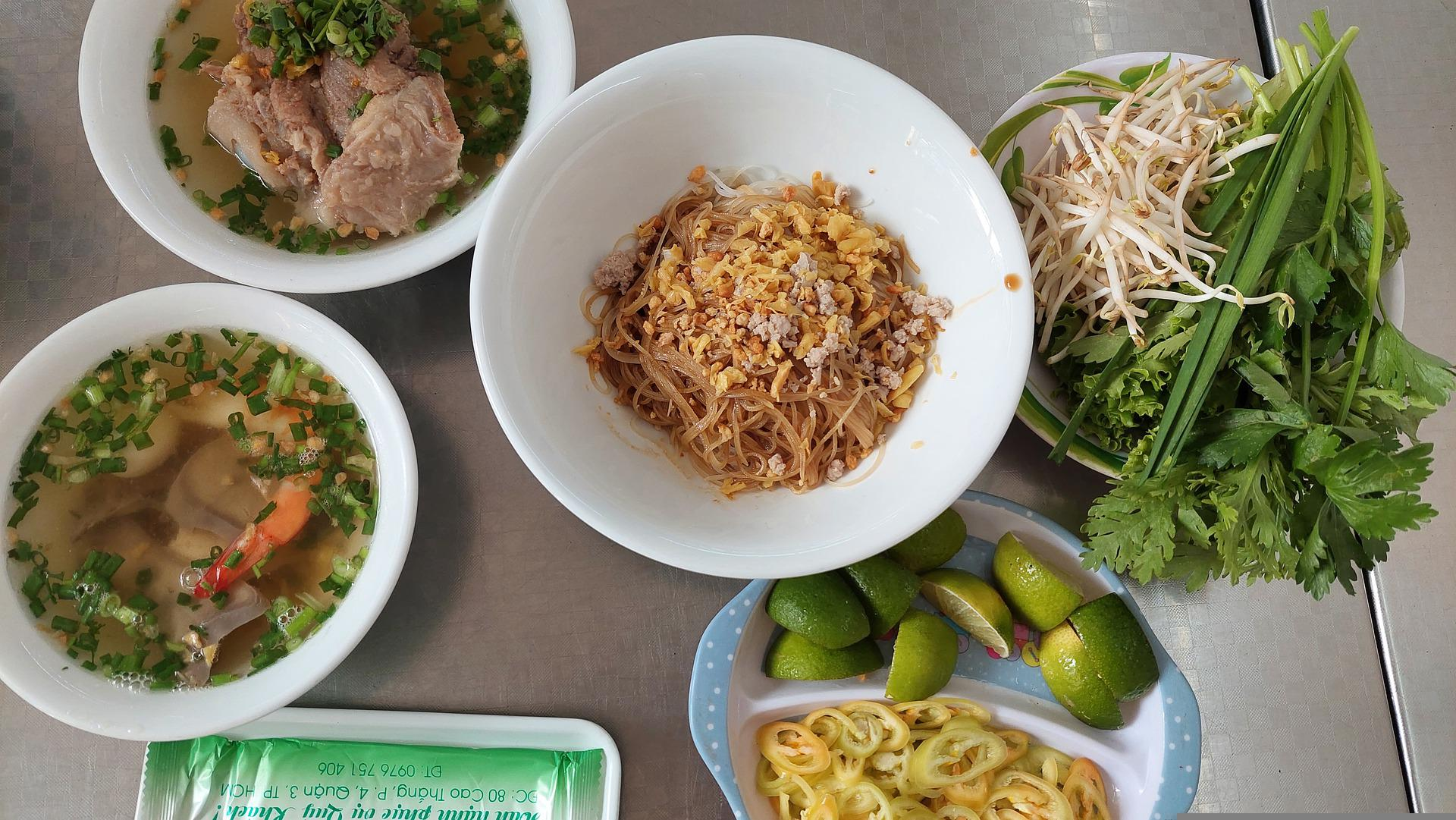
Vietnam’s Dining and Soup Customs
Beef noodle soup is very popular in Vietnam. Actually, noodles and soup are so popular to Vietnamese that even those who spent time living in the country even for a short period of time would remember these as a staple food.
During mealtimes, you would see noodle stands that would line up along the roads. People will pull over their bicycles or motor scooters for a quick meal. Even if they eat noodles three meals a day, Vietnamese would love it.
With many influences, their customs have also changed. The flavors and ingredients of their food drastically changed, but it helped them in a good way. For example, the French beef broth led to the creation of Pho. Chinese noodles also paved the way in the noodle production in the country and they even created their own rice noodles.
In Vietnam, big bowls of steaming noodle soup are commonly served during breakfast meals. Soup with rice noodles are added with meat and other ingredients such as bean sprouts, cilantro, basil, chili peppers, lime slices, and green onions. It is then spiced with plenty of fish sauce (nuoc mam) and chili-garlic sauce. These condiments are put in nearby dipping dishes, sometimes with hoisin sauce or soy sauce.
Soups that don’t have noodles are also served as first courses. The likes of Sup Mang Tay, or Crab and Asparagus Soup are some examples of this kind of soup. The famous Sup Nam Trang is a combination of crab, shrimp, and dried white fungus (mushroom-like) that makes it very unique and interesting.
Their family style soup called Canh is served into smaller bowls at the table with rice. This class of soup is lite and can be also served as the first course. Examples would be Canh Xa Lach Xoan (Watercress-Shrimp Soup), Canh Chua Tom (Hot and Sour Shrimp and Lemongrass Soup), and Canh Chua Ca (Hot and Sour Tamarind Fish Soup).
Vietnamese would also love to “munch” some soup as a snack. Yes, they would eat a certain kind of soup, like the sweet bean soups as snacks. The name of the bean soups are described with their name, like che dau den as black bean soup, and che dau trang as white bean soup or black-eyed peas soup.
They are added with different ingredients such as coconut milk, lotus seeds, taro root, tapioca, and crunchy seaweed. Some restaurants in Vietnam with western influences would offer bean soups as a dessert.
